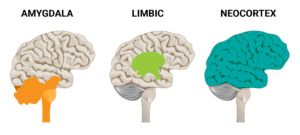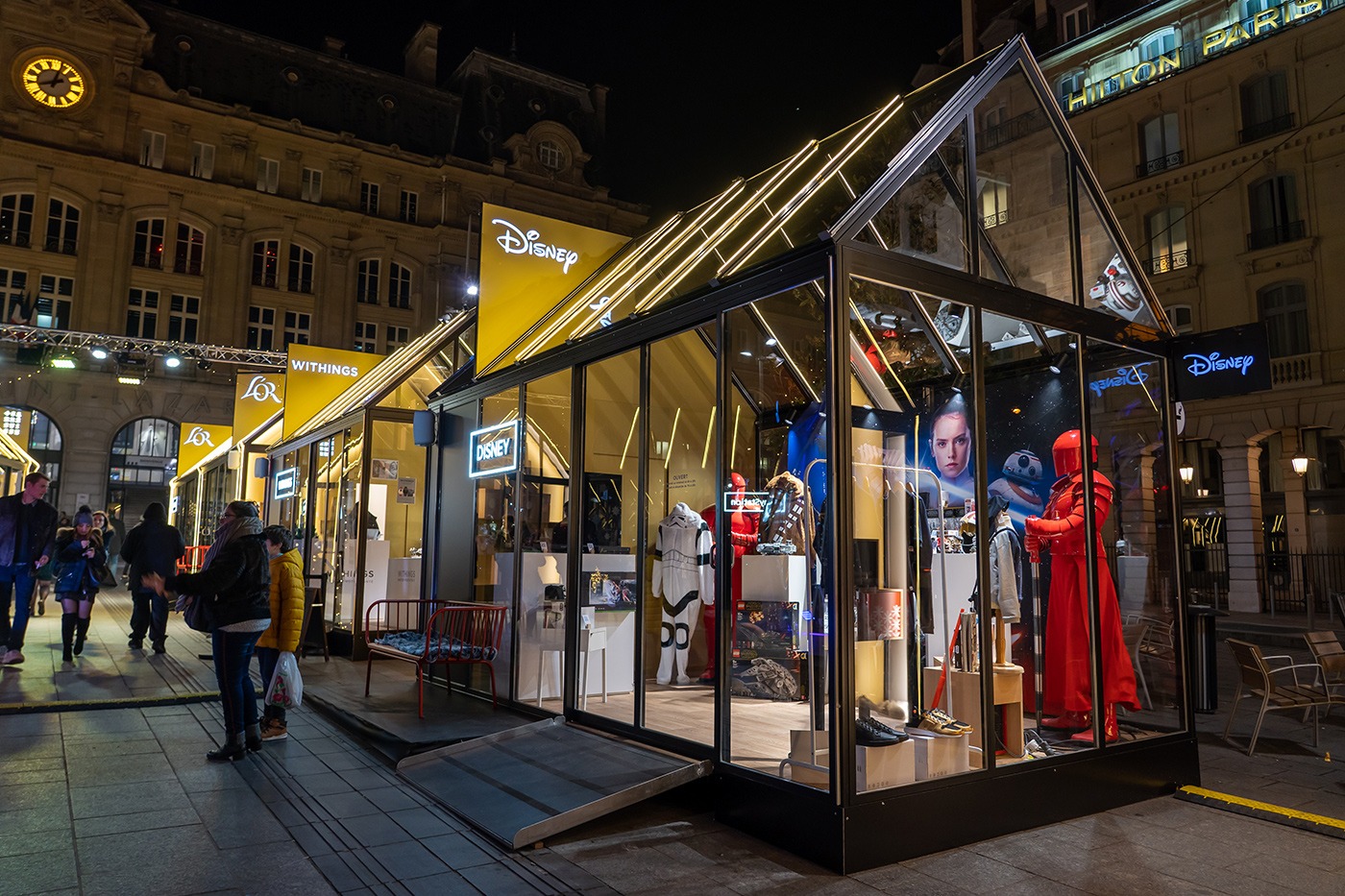Pricing and brand messaging are not as crucial to shopper behavior as they were initially thought to be.
Wait, before this seems irrelevant, give us 2 minutes to explain.
Science has proven that when shopping, consumers don’t actually make rational decisions, they just think they do.
Yes, we said it. To comprehend this concept, we need to understand the brain:

- The outermost part of the brain is called the Neocortex and is responsible for rational thinking, such as addressing complex mathematical equations.
- The middle part is the Limbic area which controls the emotions and is associated with feelings, such as love and intimacy.
- The third innermost part of the brain, the Amygdala area, is the reptilian brain. This is the oldest part of the brain and is responsible for 90% of decision making. It controls the fight or flight response and lives by its own rules. It also operates at super-fast speeds. Often unconsciously, most don’t even realize when the Amygdala area is at work.
The brain requires a lot of daily energy stores. It makes up 2% of body mass but burns 20% of energy. Because it’s optimized to save energy, it won’t waste time on things it doesn’t think are essential. For this reason, exactly, it’s vital to capture the attention of the reptilian brain, or the lizard brain, of consumers.
Tap into the Reptilian Brain for Helpful Shopper Insights
Leave a lasting impression.
The reptilian brain remembers mostly what happens first and what happens last. In other words, the beginning and ending of a shopping experience leave a lasting impression on the customer, especially now that fragmented shopping is on the rise. If a customer has a bad experience as they are about to leave, this will form their overall impression of the experience and they may never return.
Retailers need to pay special attention to the consumer experience when the customer enters and leaves a store. For example, this could be as simple as making shopping baskets and buggies easily accessible, or providing a fast check-out line for 12 items or less purchases.
Contrast captures consumers.
Through contrast, such as Coke vs. Pepsi, PC vs. Mac, Burger King vs. McDonald’s, retailers can appeal to the reptilian brain to speed up the consumers’ decision-making process. This is especially true of high-value purchase decisions where the shopper may experience unconscious buying pain. One way to make the decision easier for the customer is to provide a good value comparison to justify their final decision. Instead of explaining why they should buy your product, show the opportunity cost of not buying.
Speak to customers’ needs first.
Since the beginning of time, humans have developed a survival mentality that reflects our self-centered nature. The reptilian brain only understands messages in absolute terms. Communication should focus on the customer, not on the brand. But, where does that leave the shopper benefit? When shopping, the lizard brain is not open to brand messages; instead, it wants to know what your product will do for them.
Create concise, clear and bold visuals.
Communicate your message visually to capture attention immediately. The reptilian brain cannot read or do anything too complex, so the brand needs to visually communicate with concise, clear and capturing messaging. Our customer and shopper insights research found impactful shapes and large imagery appeals to the lizard brain.
The Reptilian Brain is a Driving Force
Although the brain as a whole is involved in the consumer decision process, the reptilian brain is the driving force. Keep the reptilian brain in mind to understand the shopper better. Rational decisions don’t happen when shopping, but a brand can implement strategic decisions through shopper insights that have a lasting effect on the bottom line.
Need more insight into consumer behavior? Check out our Executive’s Guide to Behavioral Science below!

Best In-Store Design Experiences
Top brands understand the importance of delivering an exceptional in-store experience to ensure the success of their brick-and-mortar operations. This understanding stems from the recognition that providing…

Better Online Behavioral Shopper Research
At Explorer, immersive environment testing has always been at the core of how we measure shopper behavior. As research increasingly shifts online, understanding and forecasting future shopper…

